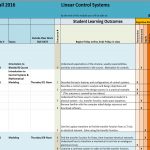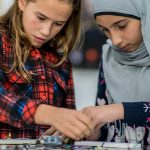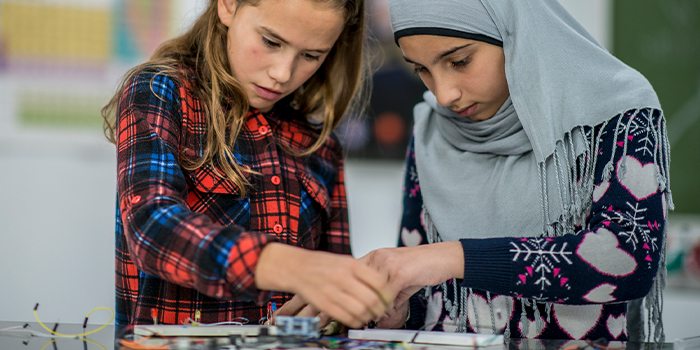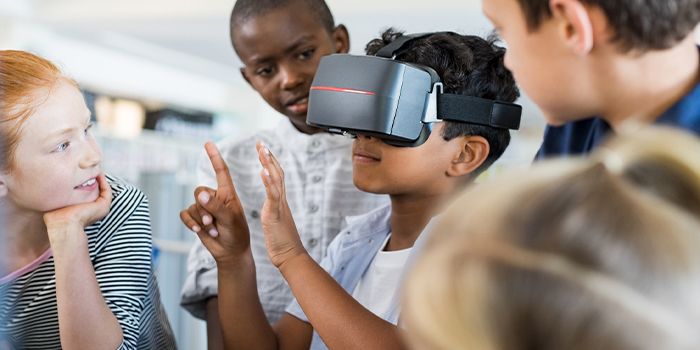Educational Challenges Presented by COVID-19 at Technical Colleges Offering Aviation Maintenance Technology Program
Abstract
In mid-March, many schools in the United States were forced to stop teaching in-person classes and switch to an online format due to the COVID-19 pandemic; as a result, teachers had to quickly implement new technologies and instructional strategies in the classroom. This rapid pandemic response especially affected teachers and students in Aviation Maintenance Technology (AMT) programs around the country as AMT instruction is inherently hands-on in nature.







